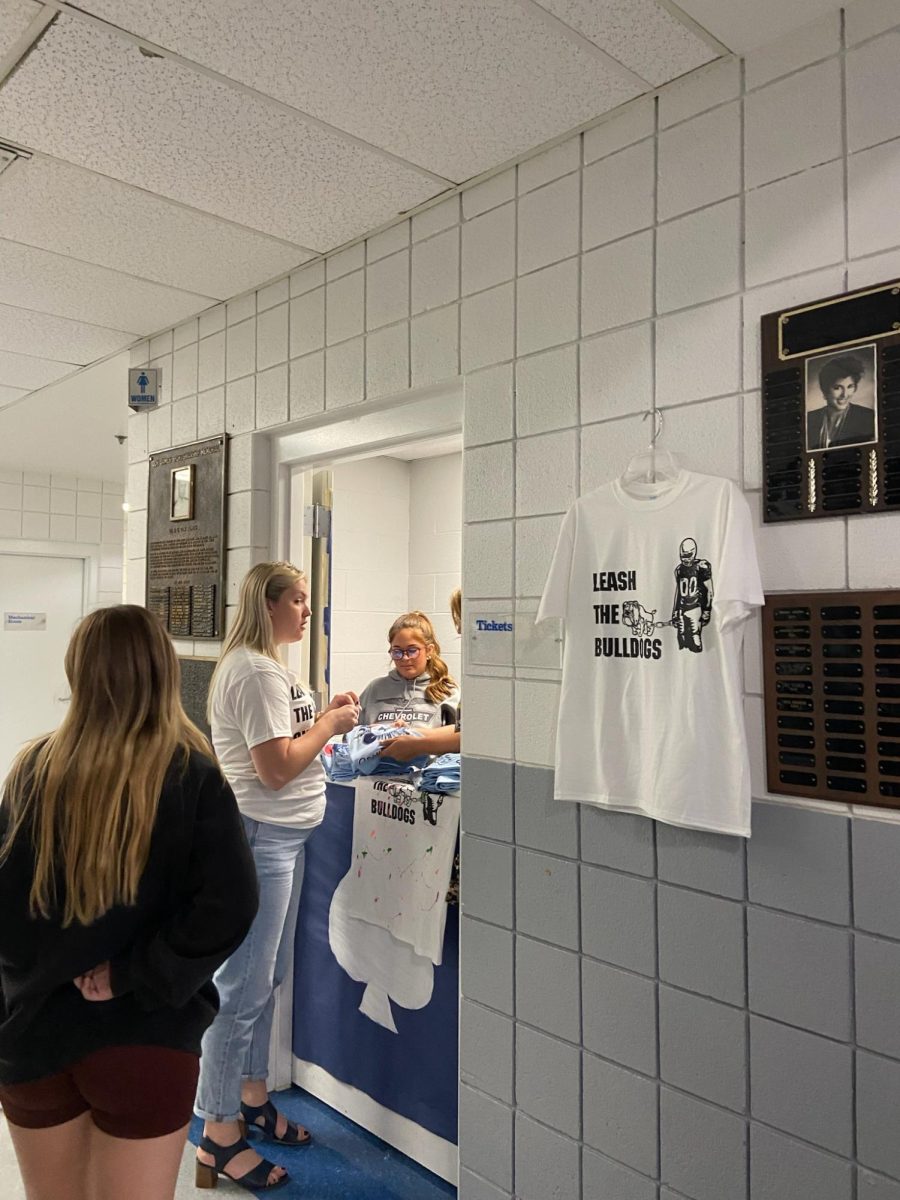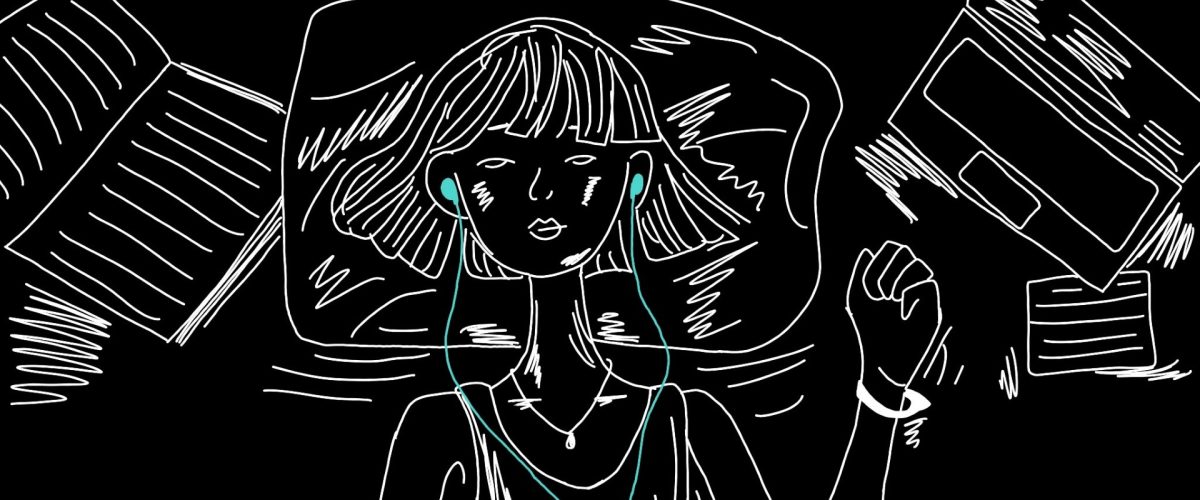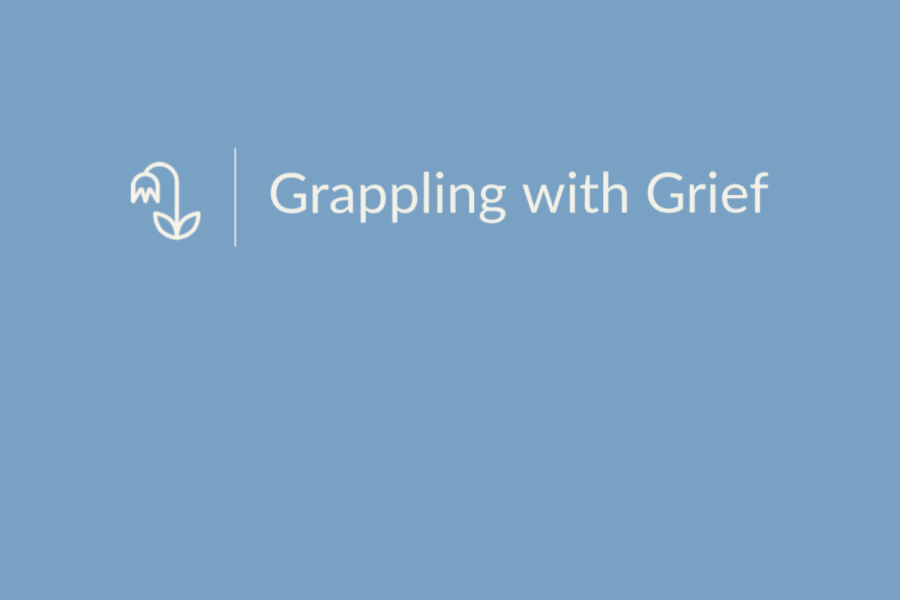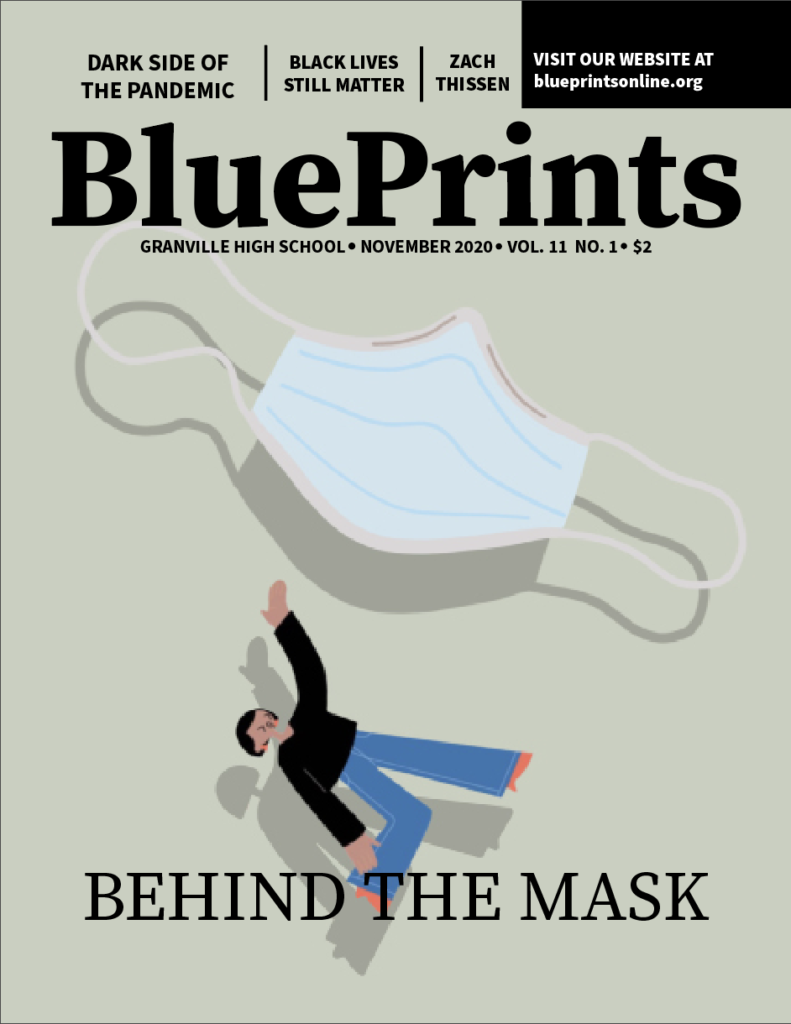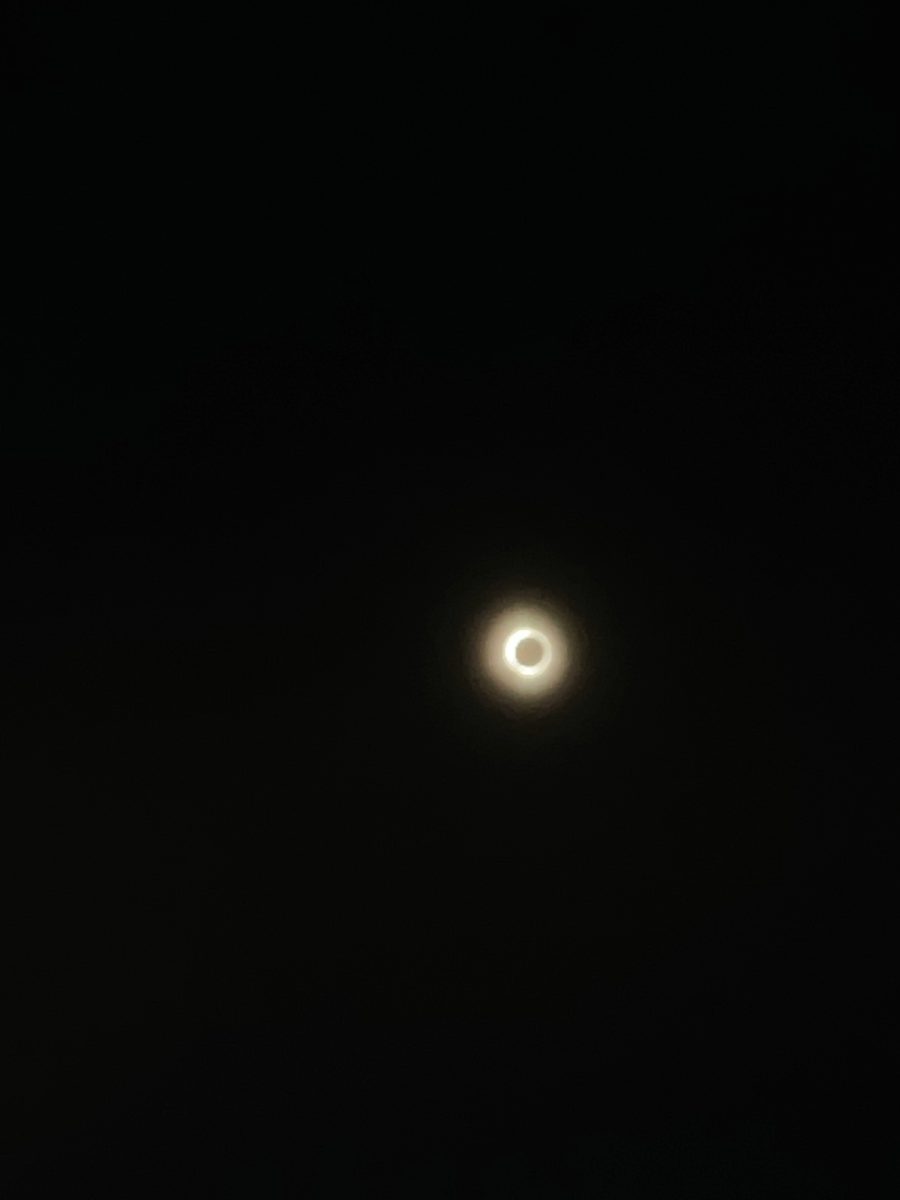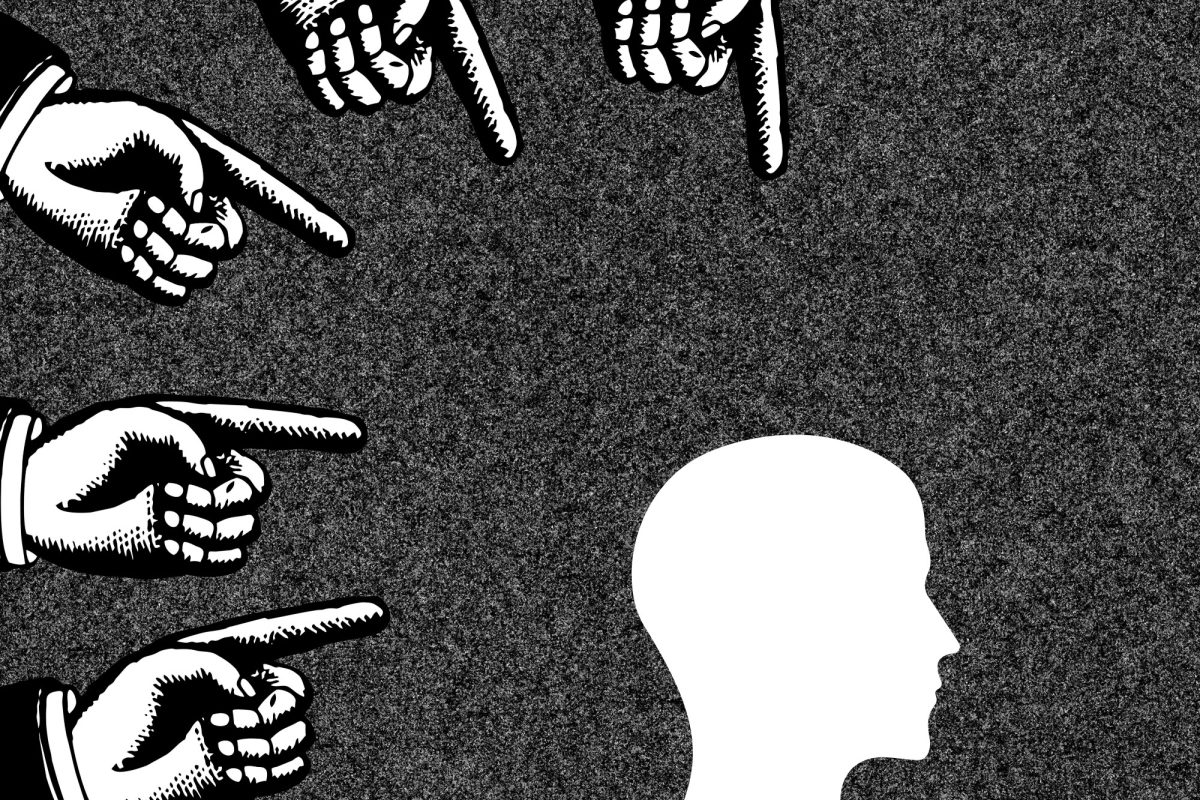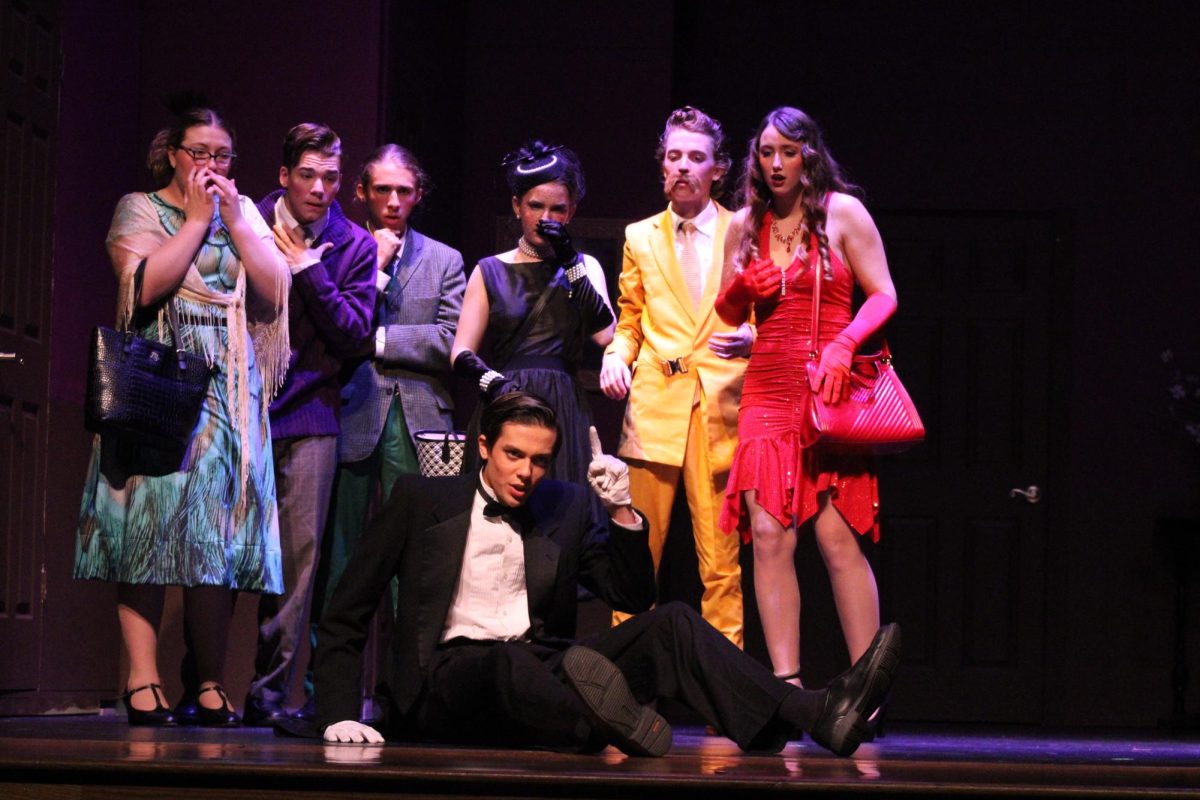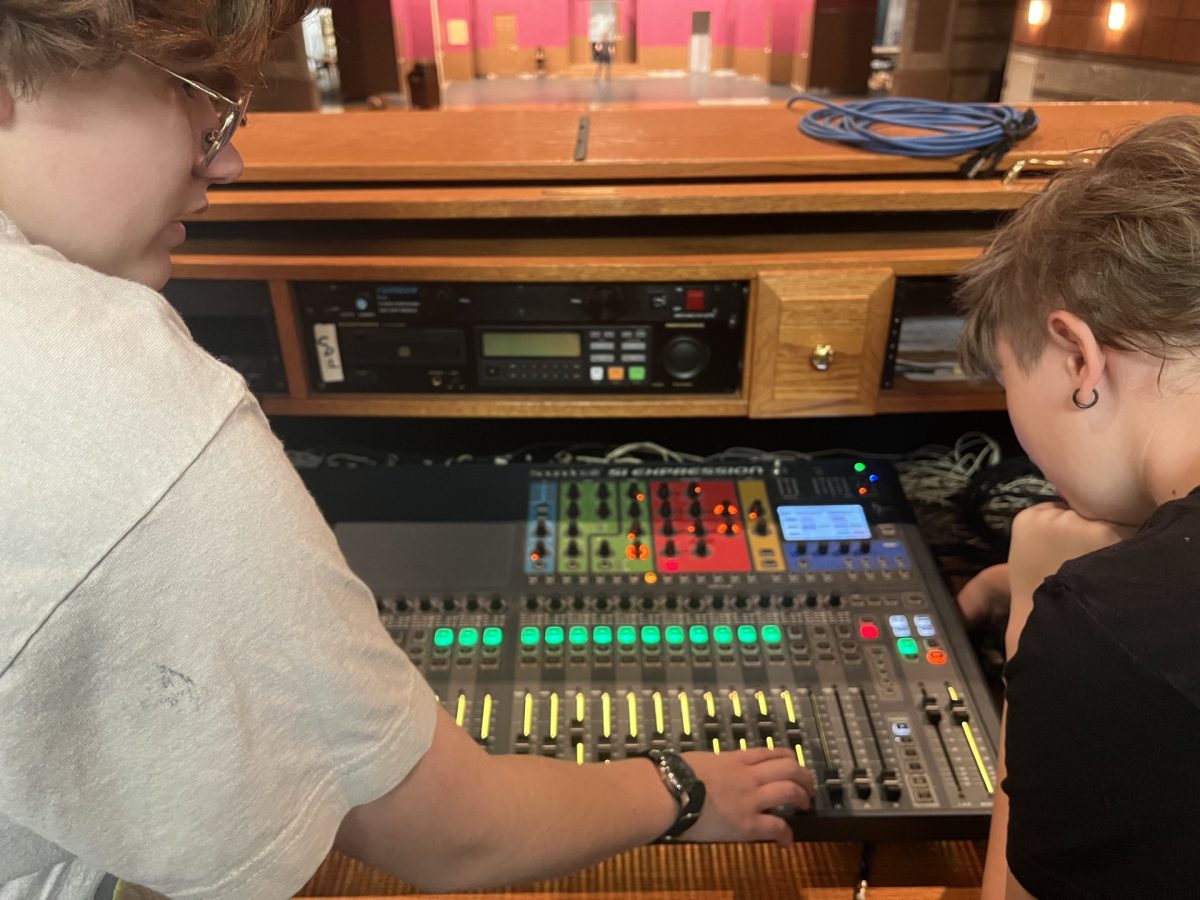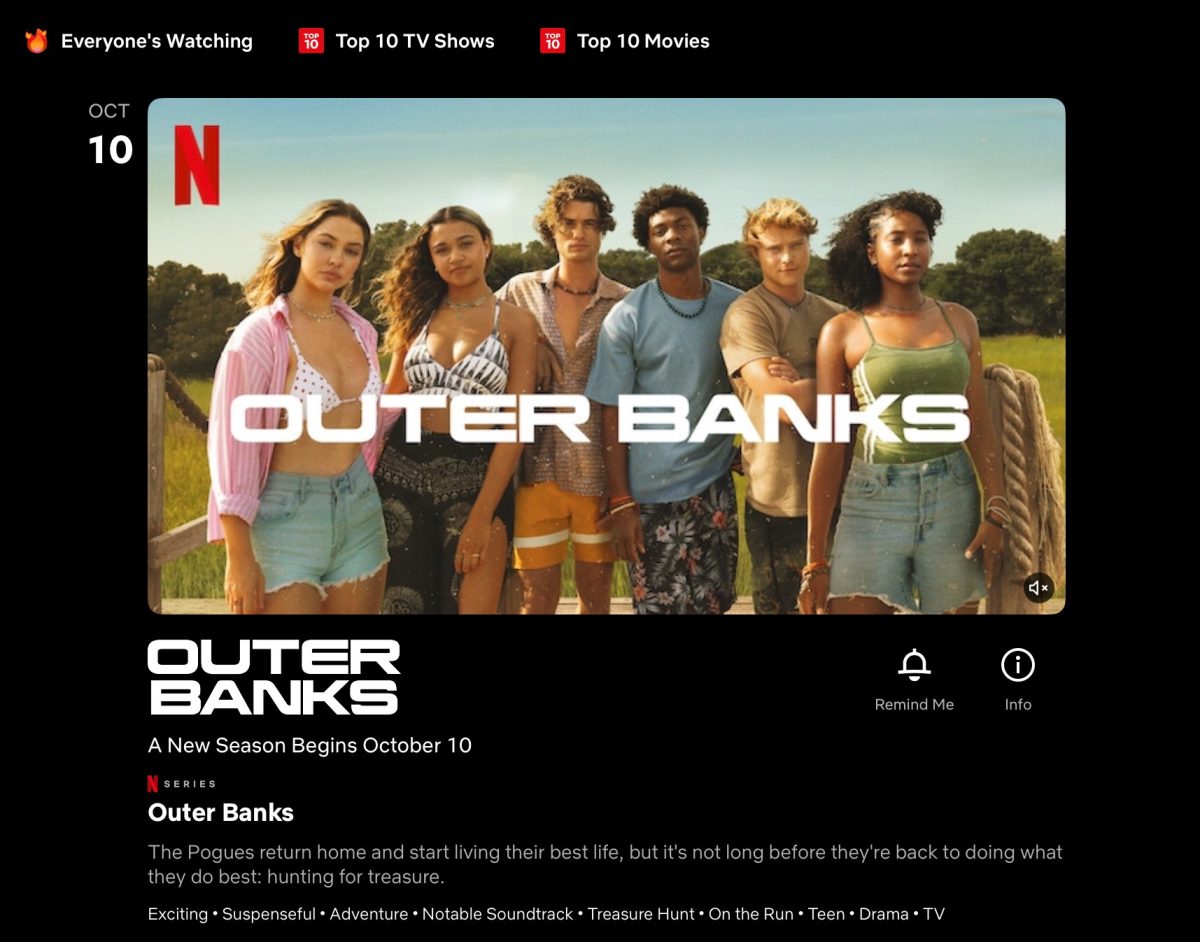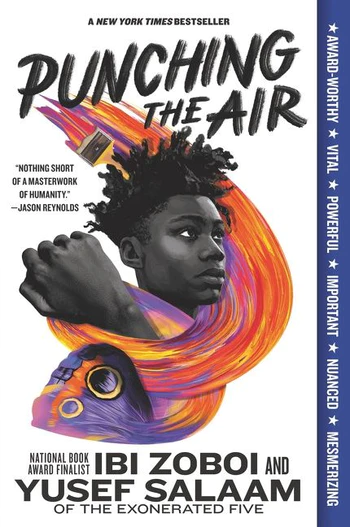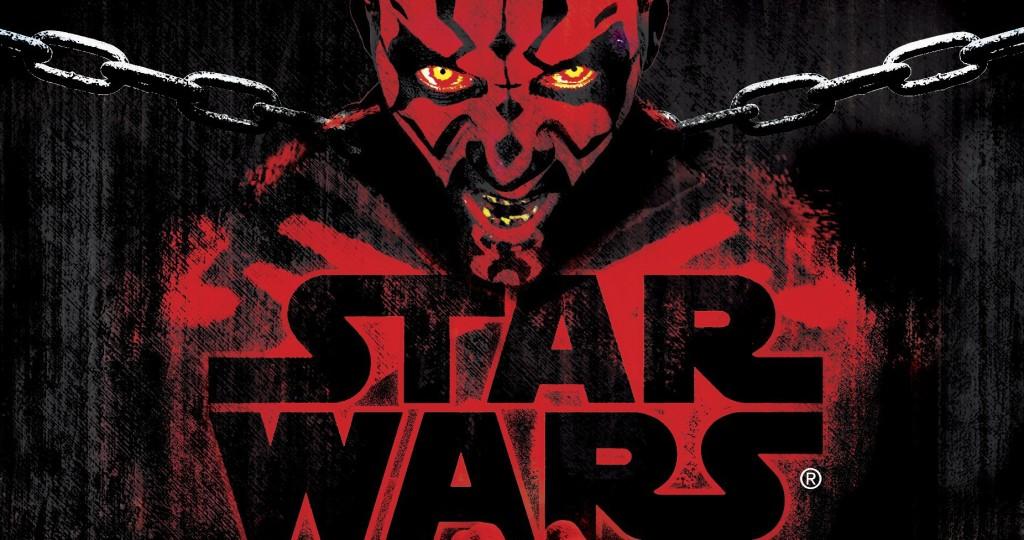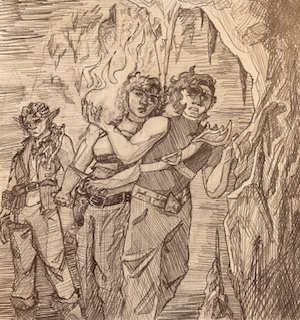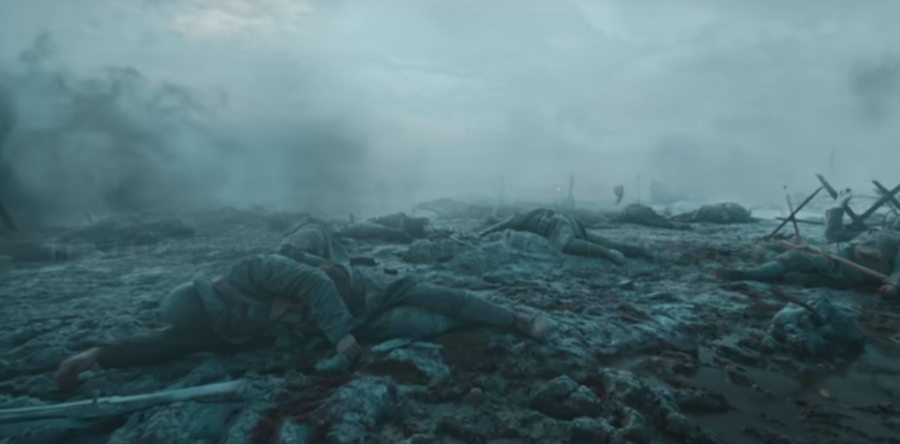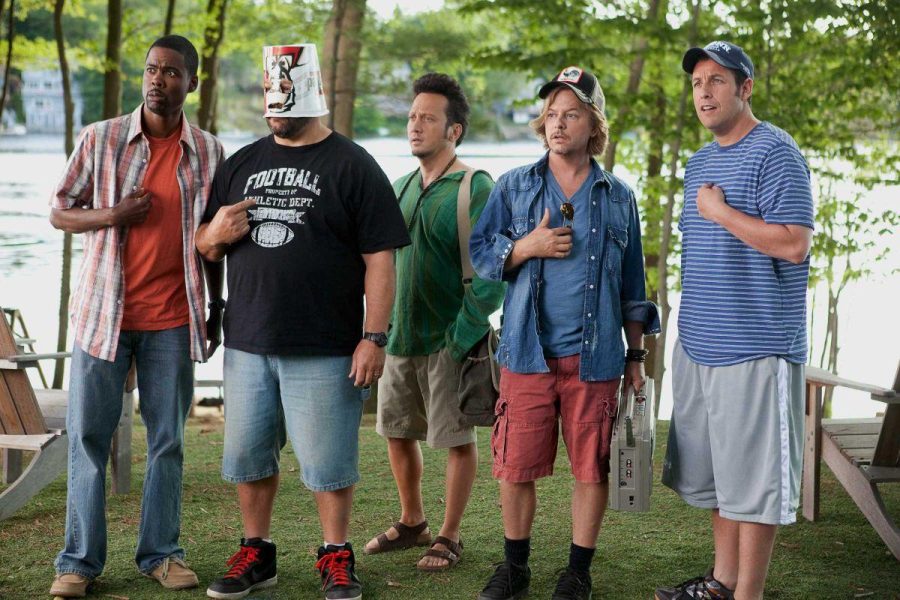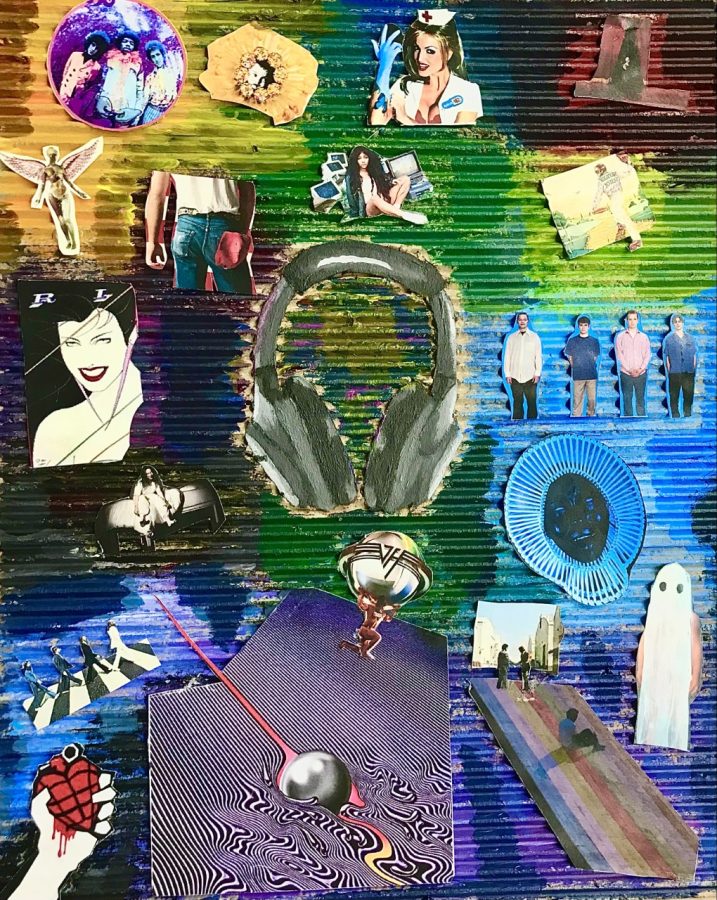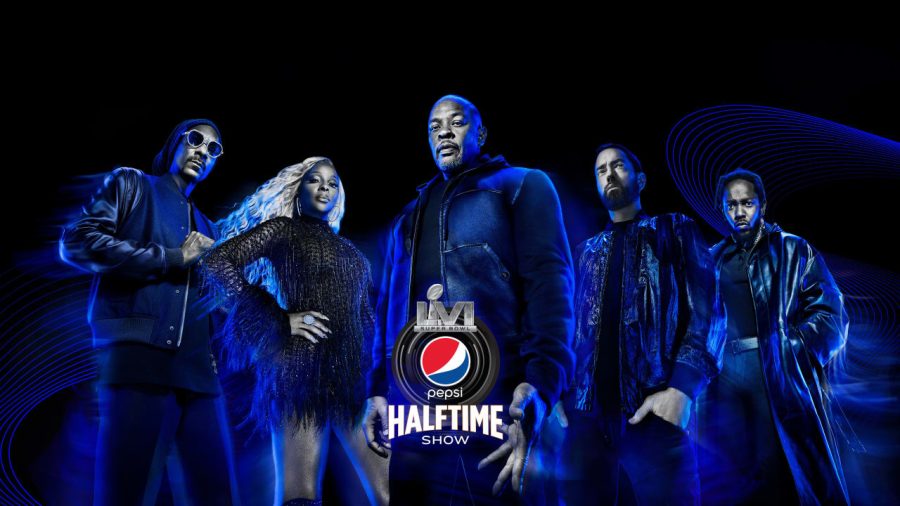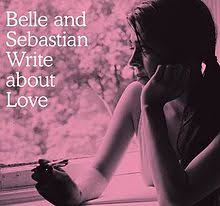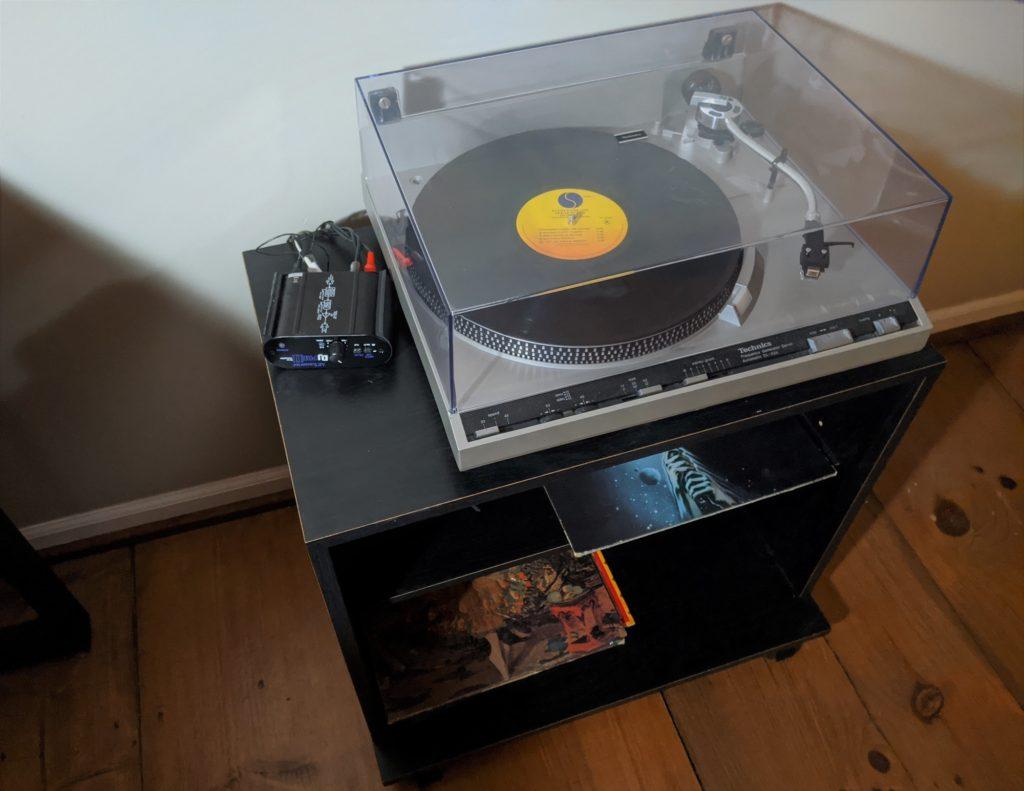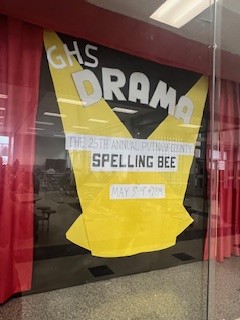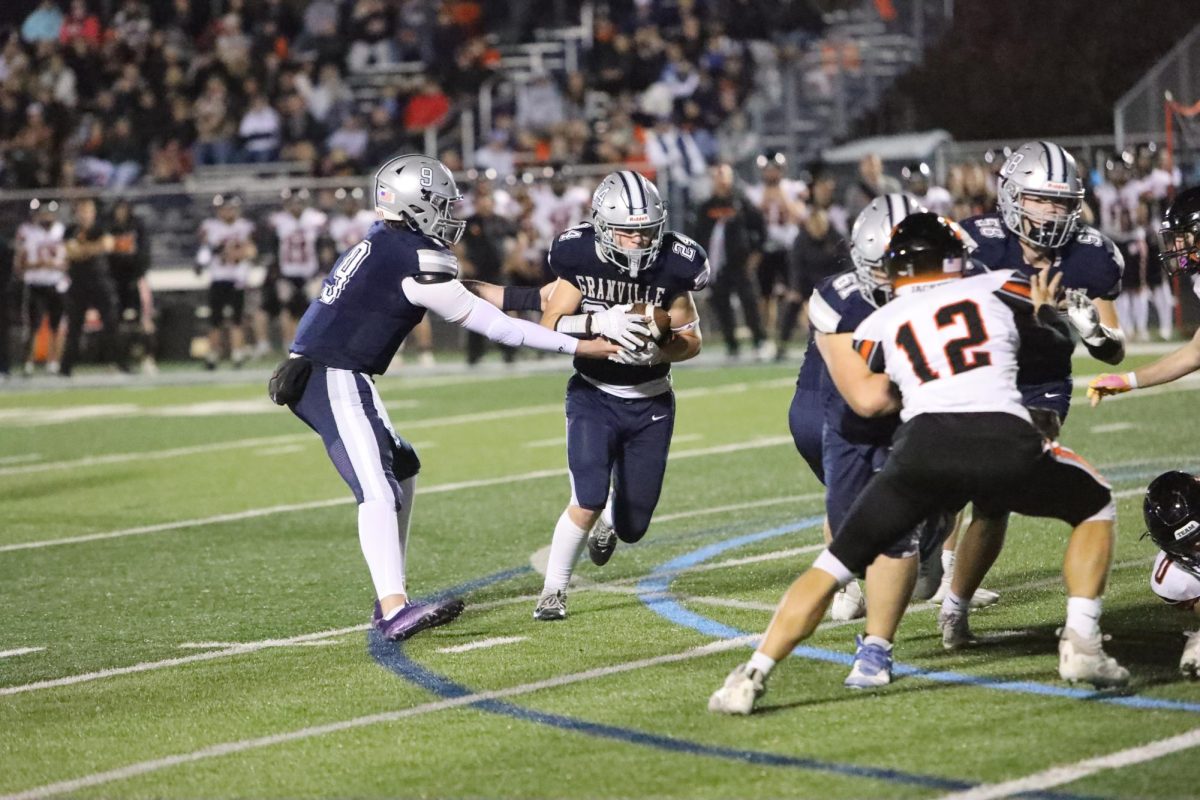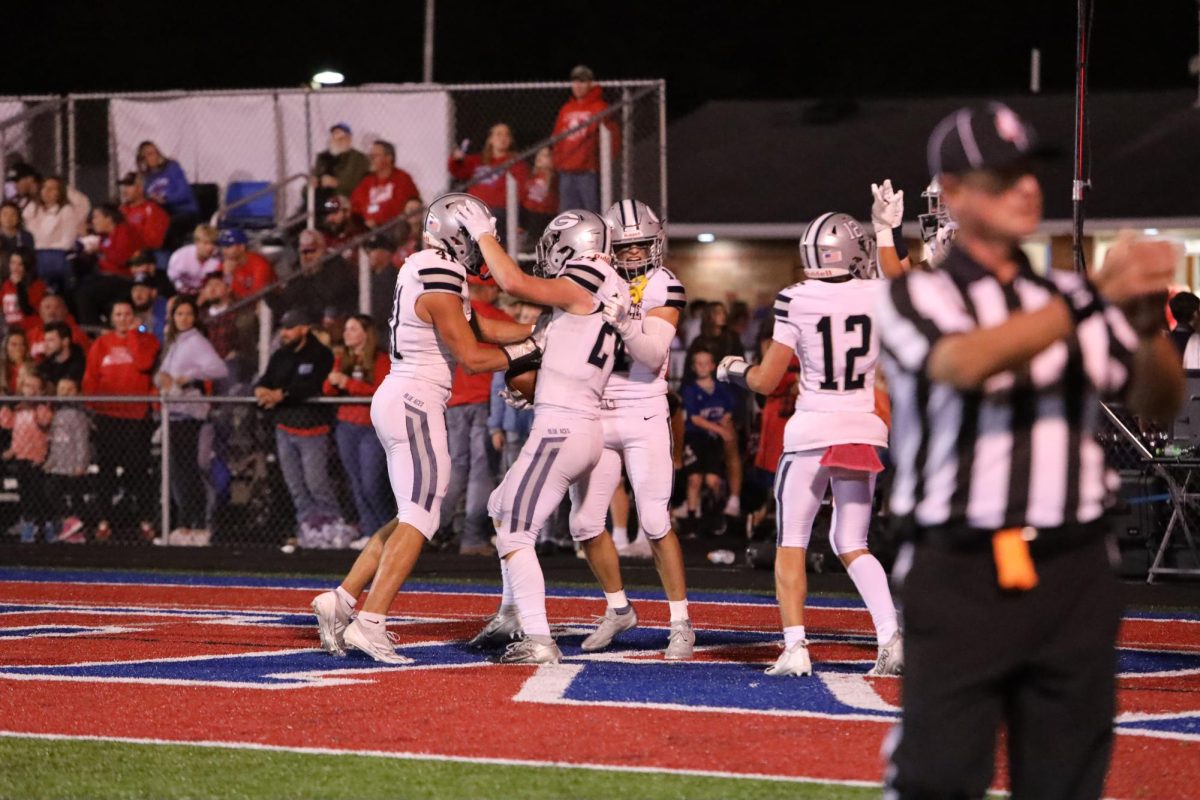10 rock albums from the 70s to listen to in 2020
The 1970s was one of the most tumultuous decades in many different ways, serving as a pivotal point in politics, science, and especially music. When looking back 50 years in hindsight, the ways in which artists of the 70s have influenced and inspired artists today becomes clear. Music that, at the time was considered experimental, often sounds familiar today. However, certain albums definitely stand out amongst the rest, both in terms of quality, and how they have held up over time.
“Drums and Wires” by XTC
In contrast to the other, harder sounding punk bands in England at the time, XTC continued the precedents set by earlier popular English groups such as The Beatles and The Kinks. As suggested by its title, “Drums and Wires” focuses on catchy, simplistic guitar and drum rhythms, still incorporating unconventional elements of dissonance and and ambient sounds. Some exceptional songs on this album are “Making Plans for Nigel” and “Ten Feet Tall”.
“More Songs about Buildings and Food” by Talking Heads
Establishing Talking Heads as something different than the edgy, one-record punk bands of the time, “More Songs” benefited from both the art-school punk rock sensibilities of David Byrne with the skill and stylistic eye of producer Brian Eno. A relatively unique album in terms of sound, “More Songs” features a minimalistic, disco-influenced musical style that contrasts the smooth dance rhythms with David Byrne’s neurotic singing. Again straying from punk influences, the songs contain a cleaner, more abstract perspective of the world, with particularly absurd and humorous lyrics. Although the songs are generally similar, some stand outs include “Found a Job”, “I’m Not in Love”, and “Take Me to the River”.
“Here Come the Warm Jets” by Brian Eno
Brian Eno, while not as widely recognized as many musicians in the 70s, was instrumental in the musical innovations taking place during the decade. Eno has worked with many popular and critically acclaimed artists, including Coldplay, U2, David Bowie, and Talking Heads. In fact, he produced the albums “More Songs About Buildings & Food”, “Are We Not Men”, “Low”, and “Fear of Music”.
By listening to Eno’s solo work, certain uniting musical tendencies become apparent in all of the albums he worked on. In “Here Come the Warm Jets”, Eno defied the genres and traditions of the time, and combined elements of rock and pop music with an experimental attitude. Using innovative production techniques and electric instruments, Eno created a dreamlike, apocalyptic yet emotional tone throughout the album. Eno also worked with experimental guitarist Robert Fripp to produce the record. Notable songs include “Needles in the Camel’s Eye”, “Baby’s on Fire”, and “Dead Finks Don’t Talk”.
“Q: Are We Not Men? A: We Are Devo!” by DEVO
“Are We Not Men” is one of the least critically accepted albums of the list, especially at the time of its release. However, the uniqueness of DEVO’s ironic, satirical music style warranted a place on the list. DEVO, composed of Kent State college kids, was hugely influenced by the breakdown of safety and society they felt during the Kent State massacre. However, instead of the vitriol that punk rockers expressed towards authority of all kinds, DEVO’s music contains the idea that humanity as a whole is devolving due to social structures, government control and technology. The ironic, surreal sound of “Are We Not Men” perfectly fits that attitude.
“L.A Woman” by The Doors
While “L.A Woman” is relatively conservative musically, The Doors still managed to improve and perfect the classical blues rock sound prevalent in the 60s. Morrison’s lyrics are particularly powerful when combined with the band’s newly refined sound, especially evidenced by songs “Changeling”, “L.A Woman” and “L’America”. Especially when considering it was Morrison’s final album before his death, “L.A Woman” acts as a sendoff to traditional blues and folk based rock music.
“Low” by David Bowie
Released seven years after Bowie’s breakthrough album “Ziggy Stardust and the Spiders from Mars”, “Low” was created in a much different mental space than Bowie’s earlier work. The darker, more personal lyrics of “Low” allowed Bowie to express the dissociation he felt in the depths of stardom and drug addiction. While not having the same dramatic stylization that “Ziggy Stardust and the Spiders from Mars” utilized so well, “Low” features more emotionally impactful songs, partially relying on the dissonant production of Brian Eno. The album also includes a wide range of tones and sounds, from the catchy and cold “Sound and Vision,” to the dreamy, instrumental “Warszawa.”
“Marquee Moon” by Television
Television, while not a widely recognized band today, gained a surge of popularity on the release of their first album “Marquee Moon”. Unfortunately, the band broke up shortly afterwards, and even after coming back together, have been unable to recreate the same unique sound. While not trying to be a particularly edgy or complex album, “Marquee Moon” boasts technically skilled, interesting guitars, as well as intellectual and challenging lyrics, staying far away from the stereotypical anger and politics of punk rock. Instead of the epic, biblical concepts typical of rock music, singer Tom Verlaine created lyrics exposing the dramatic qualities of modern life. One interesting fact is that Brian Eno originally produced some songs for this record, but Tom Verlaine did not like how it sounded.
“Dark Side of the Moon” by Pink Floyd
An undeniably legendary album, “Dark Side of the Moon” is widely considered to be one of the best albums of the 70’s. A true rock concept album, each song delivers a relatable and concise perspective on life. Pink Floyd employs an extremely hypnotic and spacey sound that contributes to the epiphanic nature of the lyrics.
“Ziggy Stardust and the Spiders from Mars” by David Bowie
Opposite in many ways to Fear of Music, Ziggy Stardust is a foundational rock album of the 1970’s, serving as a prototype to the punk and glam rock movements. Bowie combined his love of theatre with his progressive musical style to produce the stage character Ziggy Stardust, who Bowie utilized to better convey themes of social alienation, identity, and spirituality.
Bowie also heavily employs sci-fi cliches to add an element of absurdity to his flamboyant lyrics, creating songs with powerful themes that do not take themselves too seriously. Through doing this, Bowie was advancing the idea that meaningful and heavy-hitting rock music was not limited to the realm of The Doors, Jimi Hendrix, or Eric Clapton, paving the way for the explosion of diversity in rock music during the 70s. While containing some filler songs, Ziggy Stardust also features undeniable hits like “Starman,” “Moonage Daydream,” and “Ziggy Stardust.”
“Fear of Music” by Talking Heads
Releasing in the final months of the decade, Fear of Music is an eclectic combination of the various music styles popularized throughout the 70’s, integrating elements from rock, funk, disco and African music. The album still manages to develop a concise style, partially thanks to the legendary production skills of Brian Eno, who also contributed to the melodic and arty sound of “More Songs about Building and Food”.
While it may be one of the most consistent albums of the list in terms of quality, Fear of Music covers a large range of themes and tones. Some of frontman David Byrne’s most creative lyrics are on this album, such as “Heaven,” and “Animals.” The funky yet delirious sound of “Memories Can’t Wait” is echoed in modern artists like Primus and Swans. Most importantly, Fear of Music reminds us that the world of 1979 is simultaneously depressing and humorous, loveable and hateable, meaningless and profound, just as we find it is today.





![Mrs. Miller works in the guidance office. With all the many duties of her position she is working as the secretary for the guidance office. "[She] may change every period to a different class," Principal Scott Hinton said.](https://blueacemedia.org/wp-content/uploads/2024/09/sub-photo-1200x869.jpg)




